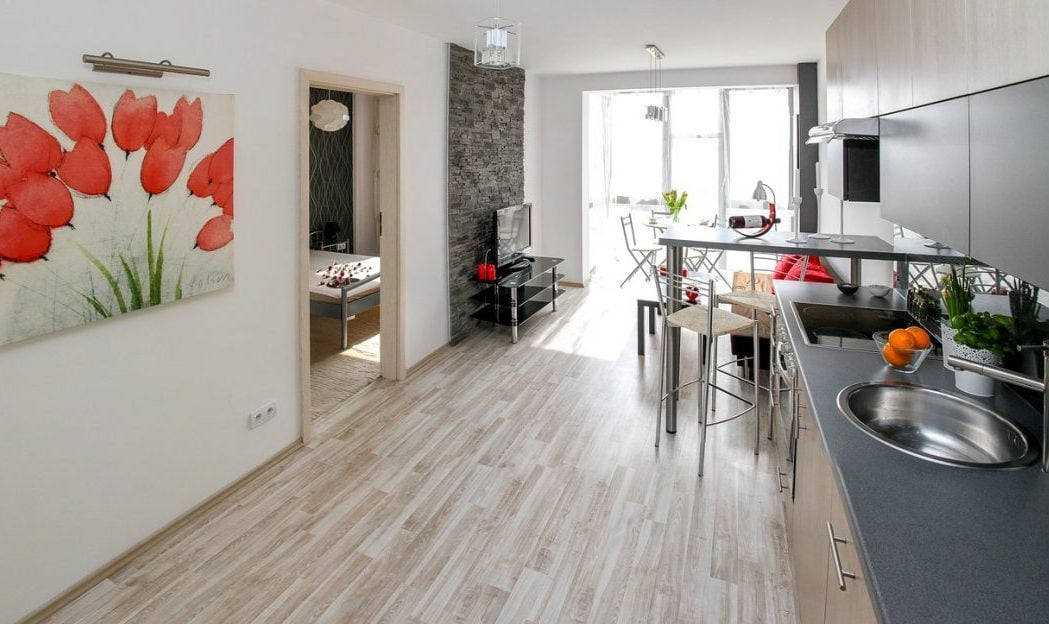Downsizing can be an unsettling prospect. We’ve often lived in our family home for decades, raised our children there, forged deep relationships with our community. But advancing age, mobility issues, even financial constraints mean that most of us will need to move at some point in our later years. We may even relish the idea: An opportunity to strike out in a new direction, and expand our network of friends and acquaintances.
Feared or eagerly anticipated, downsizing requires careful planning if it’s to work out well. Here are some of the things you need to consider.
The upsides of downsizing
While you may be forced to downsize because of advancing age or other reasons, the change doesn’t have to be seen as a negative one. For instance, moving to a smaller home can save you money not just because you won’t spend as much on heating and cooling but because you’ll be less likely to fork over dollars on possessions when you don’t have room for them anyway.
Downsizing can also be the first step toward a fresh start at a time when many of us think we’re too old for new beginnings. There are many more benefits to living smaller, and they’ll all have you looking forward to the prospect.
Your money
If you’re trying to decide whether to downsize, take a long, hard look at your finances. Your current home may not have a mortgage, but it is costing you for maintenance, utilities, and other outlays that will likely be reduced by downsizing.
On the other hand, if you buy a condo, there will be those monthly condo fees to pay. And are you better off renting than buying when you downsize?
Before you stick the For Sale sign on your front lawn, analyze the financial picture thoroughly. A Downsize Your Home Worksheet will help you through the process.
Location, location, location
You’ve decided it’s time to move to a more age-friendly spot than your big, family home out in the suburbs. Where do you go? A golf course community of bungalows and grey-haired homeowners? A condo where greenery’s at a premium but convenience abounds?
Before making the plunge, it’s important to understand the pros and cons of different locations, including opportunities for mental stimulation and companionship as well as access to medical and other services. Here are five things to consider in an age-friendly community.
Size & style
Downsizing from a suburban home to much smaller digs like a one-bedroom apartment doesn’t have to mean sacrificing style. However, it does mean unloading many of your current possessions, not just because you’ll have less room overall – which you most certainly will – but because bulky furniture and large accessories are likely to overwhelm your new, smaller home. From selling some of your belongings to acquiring new, more space-conscious ones, here’s how one couple’s experience can help you.
Staying put
Have you decided to stay exactly where you are for as long as you can? Good for you. But unless you make changes to your current home, you may find it increasingly difficult and even dangerous to live there as the years slip by.
Canada Mortgage and Housing Corporation’s information on Aging in Place will tell you almost everything you need to know about adapting your home to meet your changing needs, from the kinds of windows and door handles that best suit an aging homeowner to low- and no-cost ways of modifying your living spaces to accommodate your changing needs.
Originally published July 31, 2017







